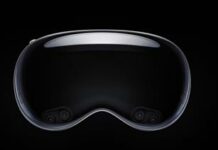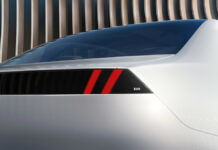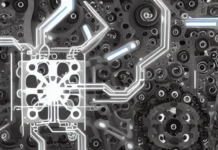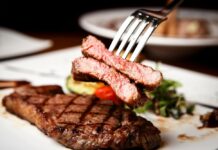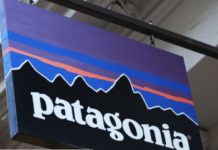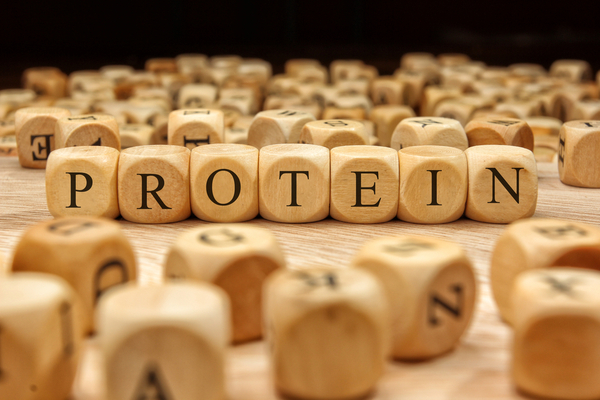
From NASA with fury
The idea itself is not original and is in a NASA scientific paper, dated 1967, where they were looking for foods and food technologies that could replace, by synthesis, the food we find daily on our tables
Lisa Dyson and John Reed, a physicist and a materials scientist working together at Berkeley Lab, a laboratory that conducts scientific research on behalf of the U.S. Department of Energy, aimed to mitigate the production of Carbon Dioxide in food processing; indeed, their project integrates this greenhouse gas right into the production of proteins themselves.
Agriculture is responsible for a quarter of annual greenhouse gas emissions-more than the entire transportation sector and the meat industry produces most of the emissions. Nonetheless, people continue to gorge on meat: currently, global consumption stands at about 350 million tons per year and growing.
By 2050, the global population is estimated to reach ten billion people, which means we need to find alternative proteins to feed all those extra mouths.
Can an Artificial Intelligence generate ideas for Bags inspired by Fast Food Chains?
APPLE VISION PRO and Tourism – everything will change if everything changes
Memcomputer, the computer that mimics, really, the Mind
Tourism and Artificial Intelligence. Fact Checker for False Hotel Reviews
In fact, the two researchers were at a dead end when the same NASA science book, now abandoned along with many other bibliographic resources , did not provide them with the solution.
This, because, the work of the Space Agency had among its purposes to combine microbes with the carbon dioxide that astronauts expelled during breathing to produce food. Since the space program never made it to Mars, the idea was never fully developed.
In 2019, Dyson and Reed founded Air Protein, a California-based startup that aims to produce meat literally from air. The company takes carbon dioxide – the dangerous greenhouse gas that heats our planet – and turns it into a succulent steak or delicate salmon fillet. The process is similar to that of yogurt and relies on live cultures. Air Protein grows hydrogenotrophic microbes inside fermentation drums and feeds them a mix of carbon dioxide, oxygen, minerals, water and nitrogen. The end result is a protein-rich flour that has an amino acid profile similar to meat protein. But how does the company turn this flour into a tender chicken breast? “We just add culinary techniques, to get the different textures that people are looking for,” using a combination of pressure, temperature, and precisely cooking techniques, Dyson related.
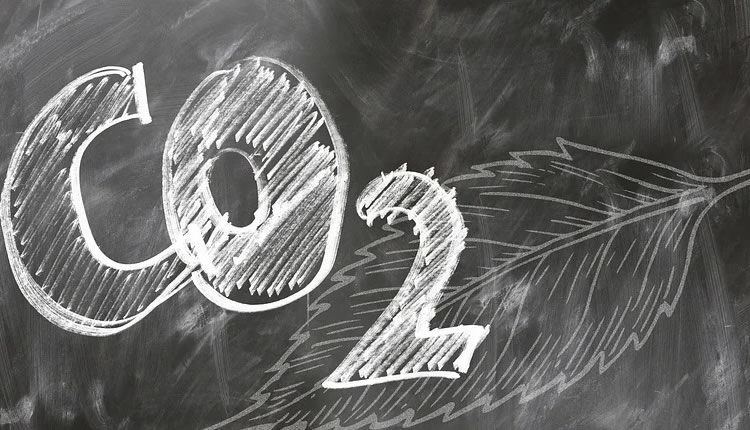

Idea also had in Europe.
In Finland in 2017, a team of researchers produced a group of proteins, using electricity and carbon dioxide. The protein produced in this way can be further developed, to be used as food or animal feed, freeing food production from environmental restrictions. In fact, this protein can be produced wherever a renewable energy source, such as solar, is available and is not affected, like agriculture, by temperature, moisture and soil characteristics. It also does not require pest control but only the necessary amount of nutrients, such as phosphorus. By adding a little water, the final product is a powder, composed of half protein, 25 percent carbohydrates, and the remainder fat and nucleic acids. The consistency of the final product can be altered by changing the organisms used in production.
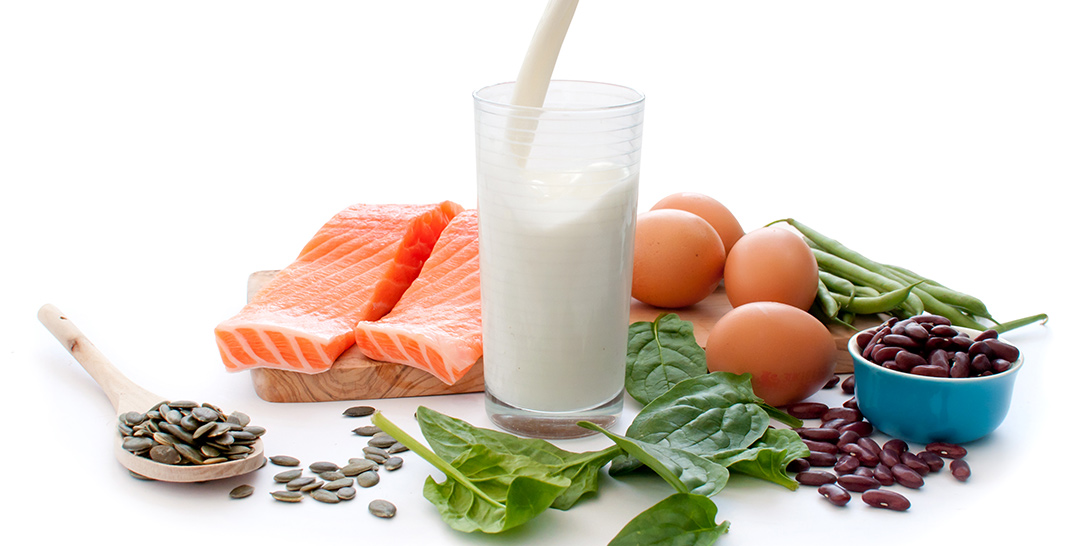

From laboratories to market shelves
Currently, the protein produced by the joint study of Lappeenranta University of Technology (LUT) and the VTT Technical Research Center of Finland takes two weeks per gram, using laboratory equipment the size of a coffee cup, and the researchers’ prediction is that it will take ten years to make it competitive. In the future, this protein can be produced anywhere, through a home reactor, without environmental impacts.
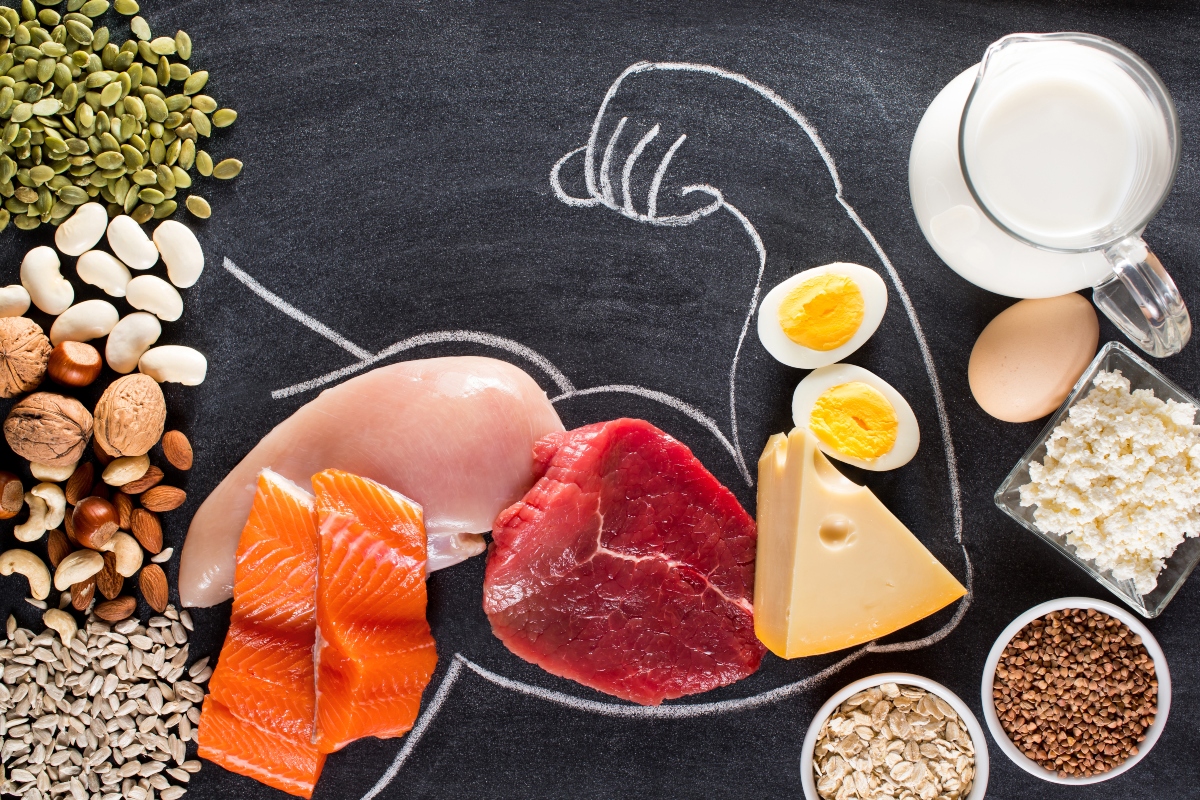

From the Finnish Study Comes a Start-up
A Finnish start-up has devised a method to produce protein simply from atmospheric present carbon dioxide through the action of some bacteria.
Finnish start-up company Solar Foods reported that it has devised a process that can convert CO2 in the atmosphere into a protein food substance. The process would use 100 percent renewable energy.
Carbon dioxide becomes protein by bacteria
The new sustainable protein has been named Solein and, according to the company’s statement, would not require arable land or irrigation facilities Most importantly, it would not require the breeding and killing of any animals. The main advantage, however, would be the ability to produce protein in those areas of the planet where conventional production is not possible. Indeed, Solein production would not even be affected by climatic and environmental conditions.
This would be up to 100 times less impactful than traditional agriculture with only 10 liters of water needed to produce one kilogram of Solein.
Synthetic food … End of the concept of zero-mile food?
Maybe, no. With the invention of the car, horses did not disappear. Television did not make Radio extinct.
In a sense, it will be just the opposite. Local crops and livestock will be even more coveted and, to conform to the new way of production and safeguard the Environment, will have to be more efficient .
Address: via Ammiraglio Millo 9 .
Alberobello, Bari. ( Italy )
📞 +39 339 5856822






